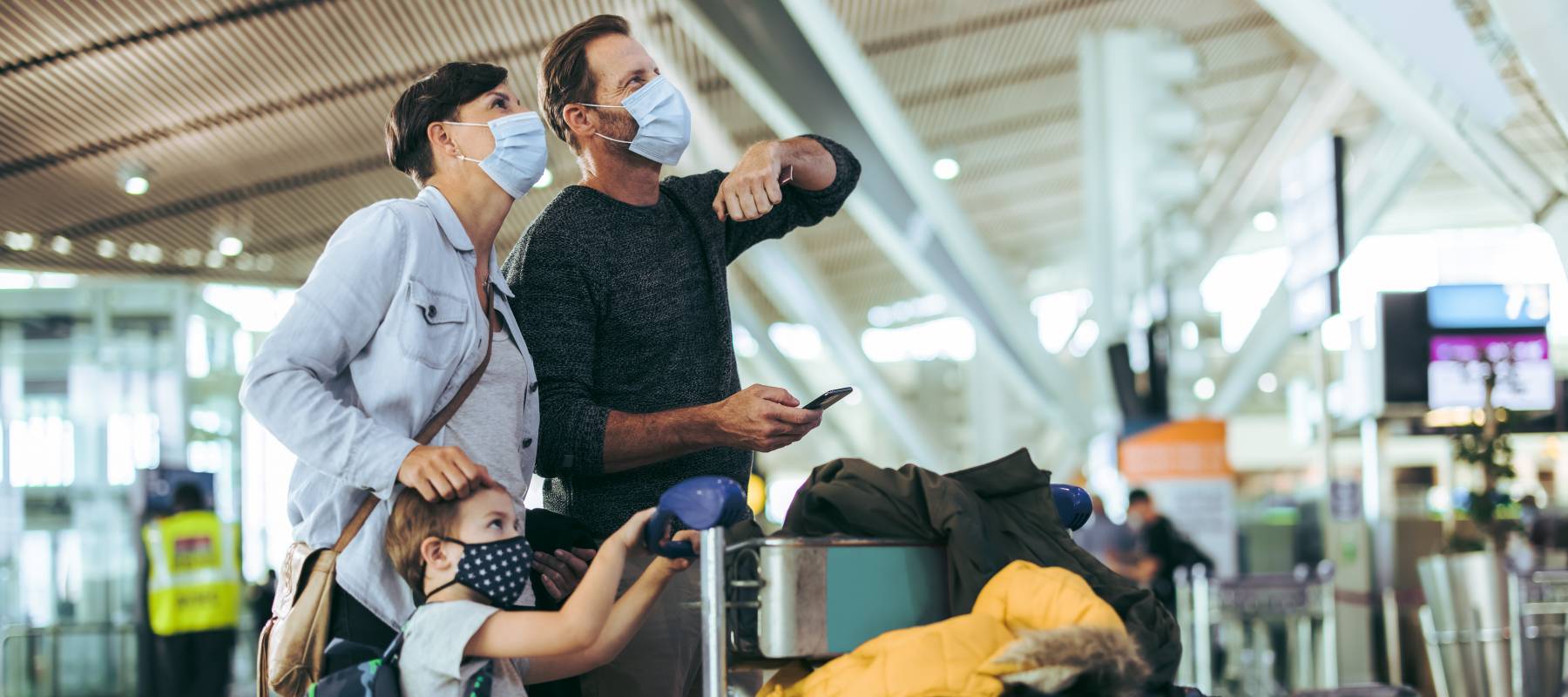Premeditated fraud: Staged auto accidents
“Staged collisions” account for the third most common fraud type reported in Canada in 2020, according to the IBC, and can involve target and bullet attacks, where an unsuspecting car is hit intentionally. It’s important to know that these attacks are conceived to look very real while also needlessly using up resources like law enforcement, as well as legal and health personnel.
There are also other, more elaborate, variations of this type of fraud, which include:
Swoop and squat
A fraudster pulls right in front of a driver — with possibly another fraudster driving alongside the target — blocking their ability to change lanes.
The front car hits their brakes and, unable to change lanes, the target rear-ends it. The front car will often have several passengers, who all claim that they were injured.
Drive-down or wave-in
This is usually set up by a fraudster giving the go-ahead to another vehicle trying to exit a parking lot. Once the target’s car is moving, they will accelerates into it, causing a collision. The target appears to be at fault and then must pay for any damages/injuries.
Jump-ins
This is when everything is faked — no people or vehicles are involved, and the claimed injuries are also faked.
However, jump-ins may also mean staged or real collisions where additional car occupants are reported beyond the number of actual occupants involved, the IBC explained.
These collisions can also involve elaborate planning, where the organizers pay their pre-arranged crash victims, tow truck drivers, witnesses, shady medical clinics, etc., to forge records in hopes of making profits from an auto insurance settlement.
Empower Your Investments with Q Trade
Discover Q Trade's award-winning platform and take control of your financial future. With user-friendly tools, expert insights, and low fees, investing has never been easier.
Start Trading TodayOpportunistic insurance fraud: Fraud after a real accident
The risk of being victimized doesn’t disappear once you’re off the road. Even if you avoid the staged collisions, be sure to check any auto-related paperwork carefully.
One type of opportunistic fraud, known as the “blank form”, involves disreputable medical clinic staff asking claimants to sign blank accident benefit forms. After all, signed blank forms make it easier to bill fraudulently.
“The blank form” was the second most common type of auto insurance fraud committed in Canada, according to the IBC.
Even if you don’t make the mistake of signing blank documents, be sure to verify that the services listed by the tow company or auto repair shop match what you received. The most common fraud type in 2020 was “inflated tow, store and dent,” where these service providers knowingly charged customers an inflated amount for their services, negatively affecting their insurance policy due to a higher than necessary claim.
Lastly, you must also be careful not to commit fraud yourself. “Paper fraud” involves misreporting circumstances on the insurance paperwork. Some examples are changing the identity of a vehicle’s primary driver or giving the wrong address, in order to lower monthly insurance payments.
How to lower your risk of auto insurance fraud
First things first, never tailgate and be aware of cars following too closely or abruptly cutting you off. Be on the lookout for three or more adults in the vehicle that is waving you in.
If you feel suspicious about the actions of some of the drivers around you, find a safe spot to stop and start driving again once you feel it’s safer.
It is recommended that you install a dashcam. Learn a lesson from Uber drivers, you’ll be better protected thanks to video footage of any collisions.
Also, take pictures of the scene if you find yourself in an accident. Get each driver’s name, driver’s licence number, licence plate number, insurance company name and policy number. Also, get the names and phone numbers of passengers and witnesses if possible.
If you suspect anything following an accident, double check everything — including invoices from your insurance company — in case they have included treatments you didn’t receive. Also, keep records of your medical visits, including dates and locations.
Be vigilant of your signature’s power. Do not sign any documents or agree to anything at the scene of an accident. Your first response should be to contact the police to report the accident, and then contact your insurance company.
Finally, report suspicious activity. If you suspect auto insurance fraud, contact your insurance company and the local police. Like many criminal activities, auto insurance fraud is underreported.
Sponsored
Trade Smarter, Today
With CIBC Investor's Edge, kick-start your portfolio with 100 free trades and up to $4,500 cash back.






